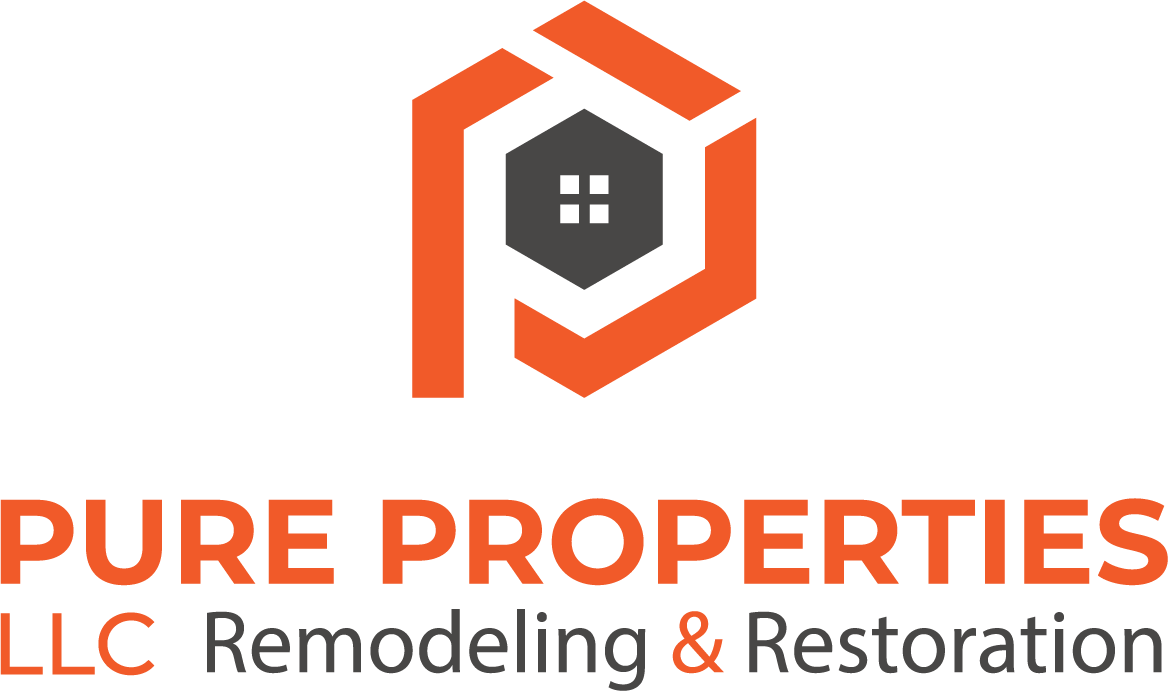Fire damage cleanup is a complex process that requires professional expertise to ensure that all traces of fire, smoke, and soot are removed and the structure is safe to occupy. To avoid mistakes during the cleanup process, it's important to avoid the following:
Delaying the cleanup process: The longer you wait to start the cleanup process, the more difficult it will be to remove soot and smoke damage. Additionally, the longer you wait, the more likely it is that mold will start to grow.
Using the wrong cleaning products: Using the wrong cleaning products can cause further damage to the structure and make it harder to remove soot and smoke damage. It's important to use products that are specifically designed for fire damage cleanup.
Not addressing the source of the fire: Cleaning up the damage caused by a fire is only half the battle. It is important to identify and address the source of the fire to prevent future fires from occurring.
Not cleaning HVAC system: Soot and smoke can spread through the HVAC system, so it's important to have the system cleaned and inspected by a professional to ensure that it's safe to use.
Not addressing structural damage: A fire can cause structural damage that may not be immediately visible. It is important to have a professional assess the structure for any damage and make any necessary repairs.
Not testing for toxins: A fire can release toxins into the air, so it's important to have the affected area tested for toxins and take appropriate action if any are found.
Not securing the property: Once the cleanup process is complete, it's important to secure the property to prevent further damage or looting.
Not backing up important documents and valuables: Fire damage can destroy important documents and valuables, so it's important to back them up before starting the cleanup process.
It's important to remember that fire damage cleanup is best left to the professionals, who have the knowledge and equipment necessary to safely and effectively clean up the damage caused by a fire.
